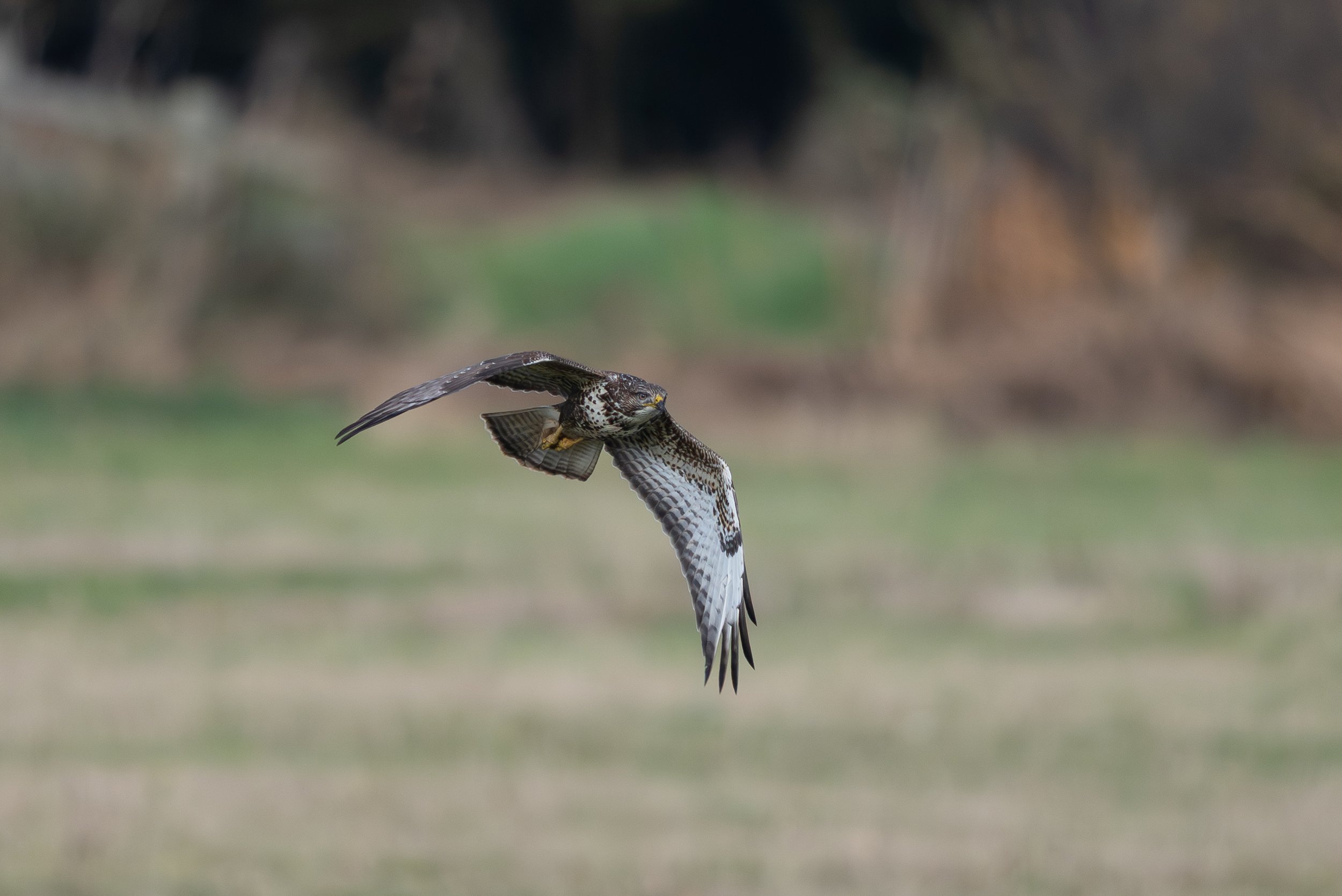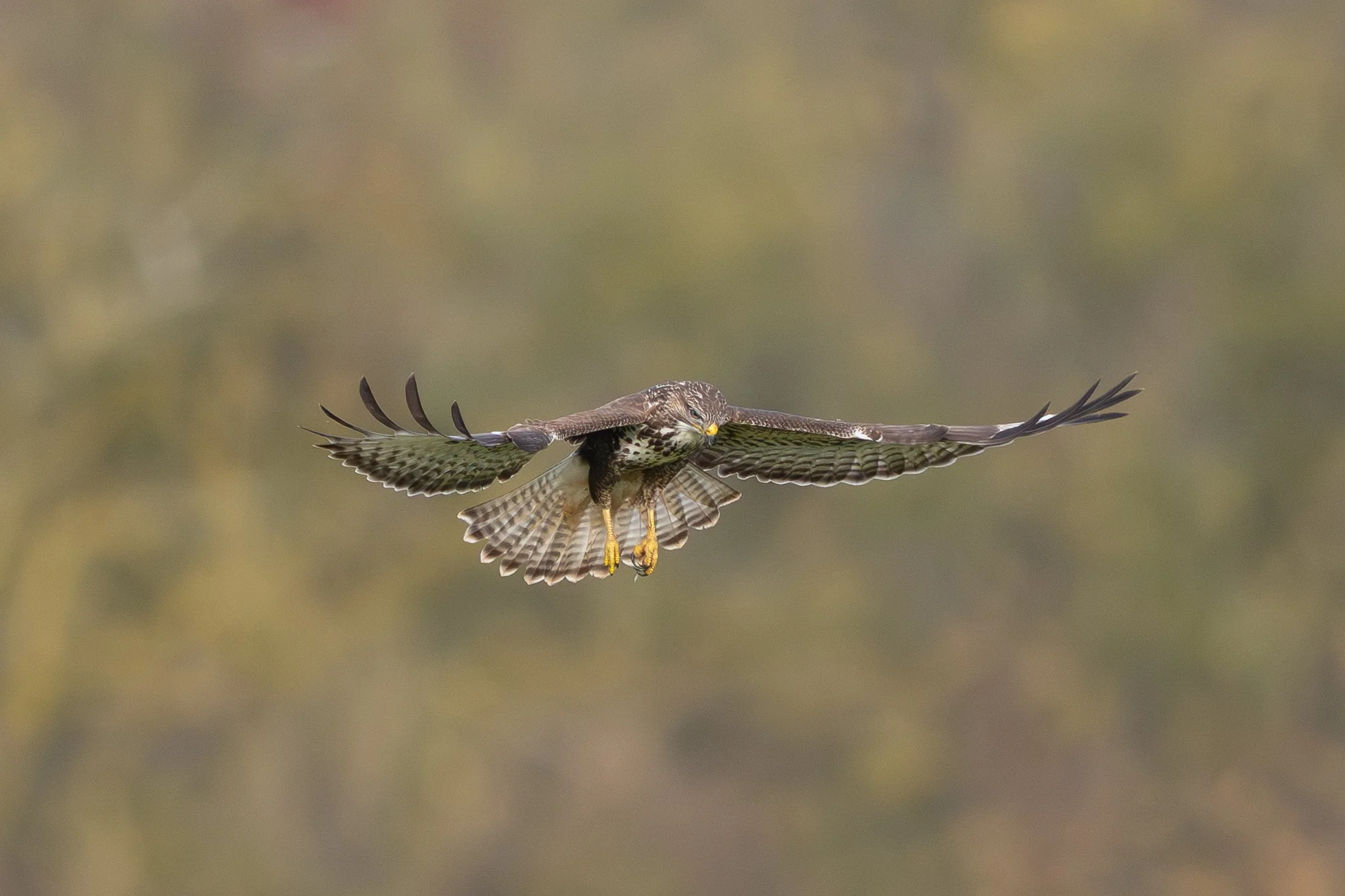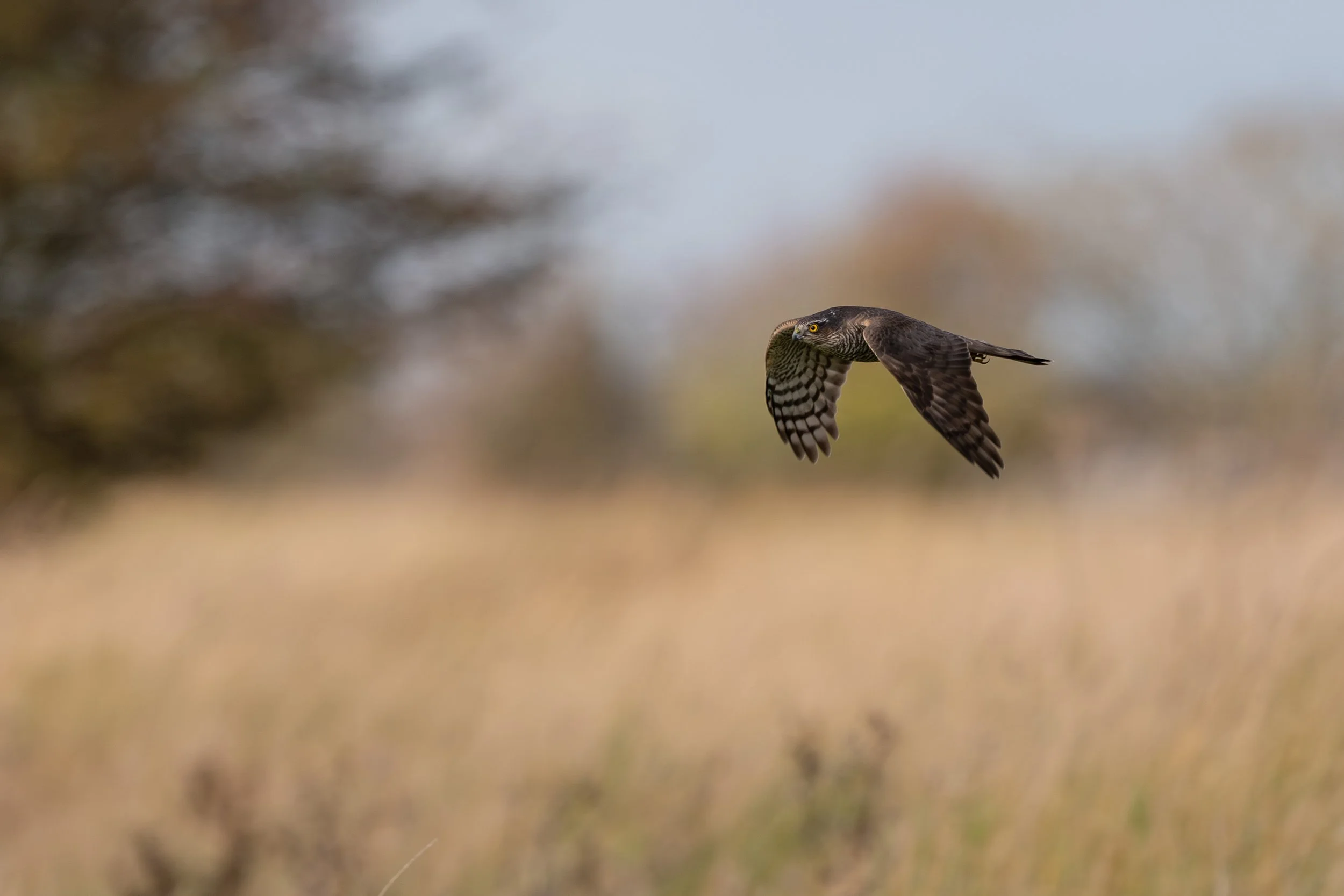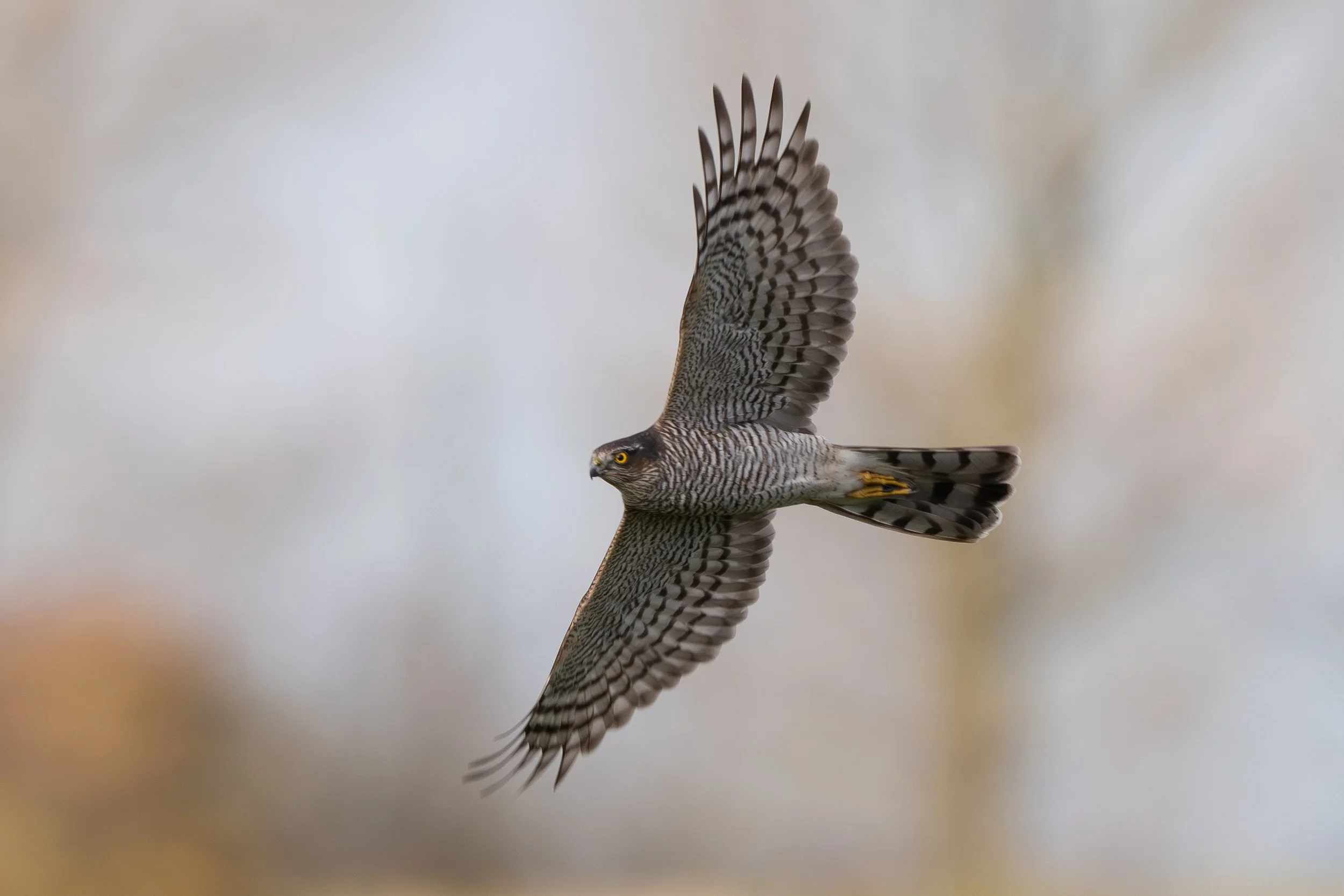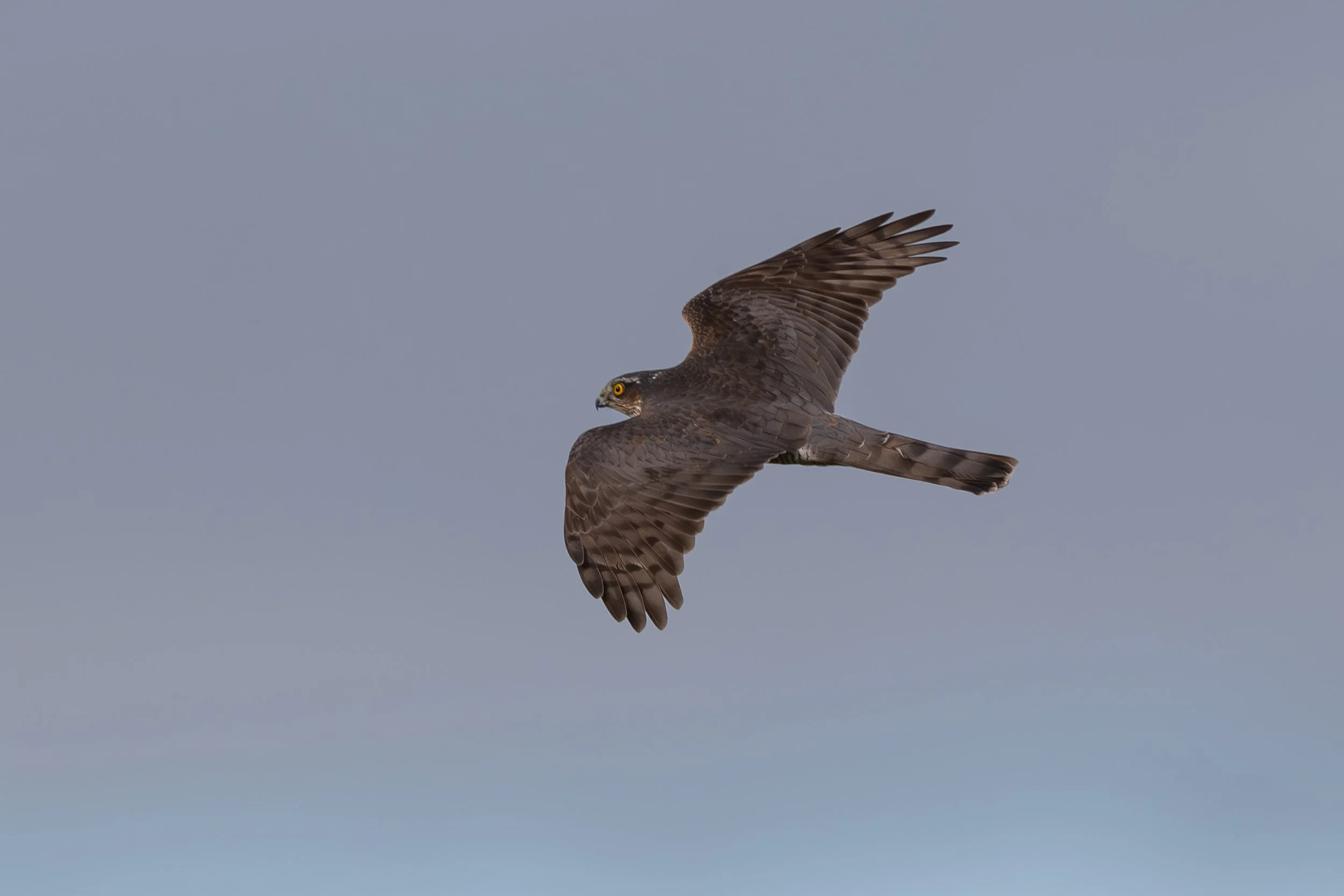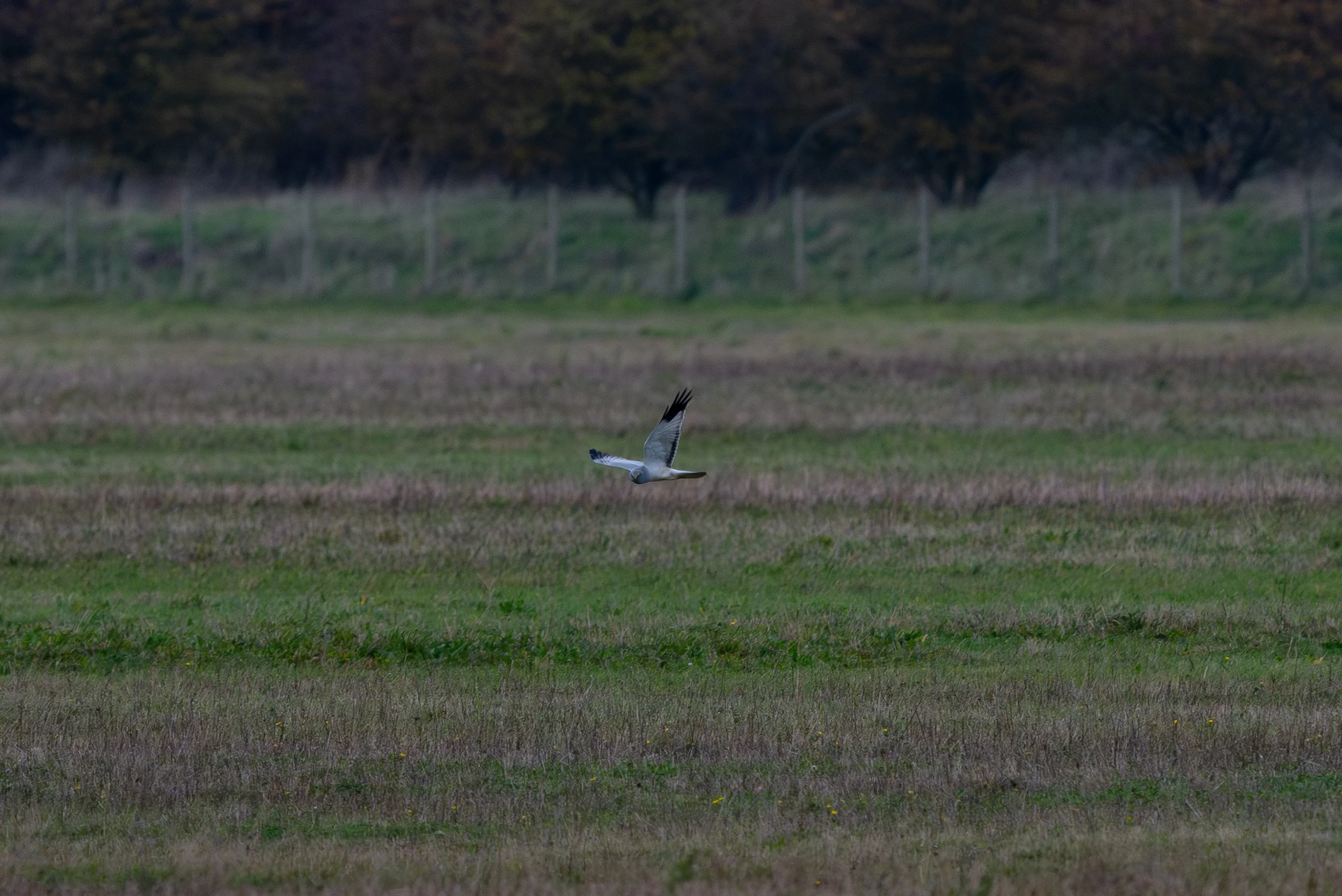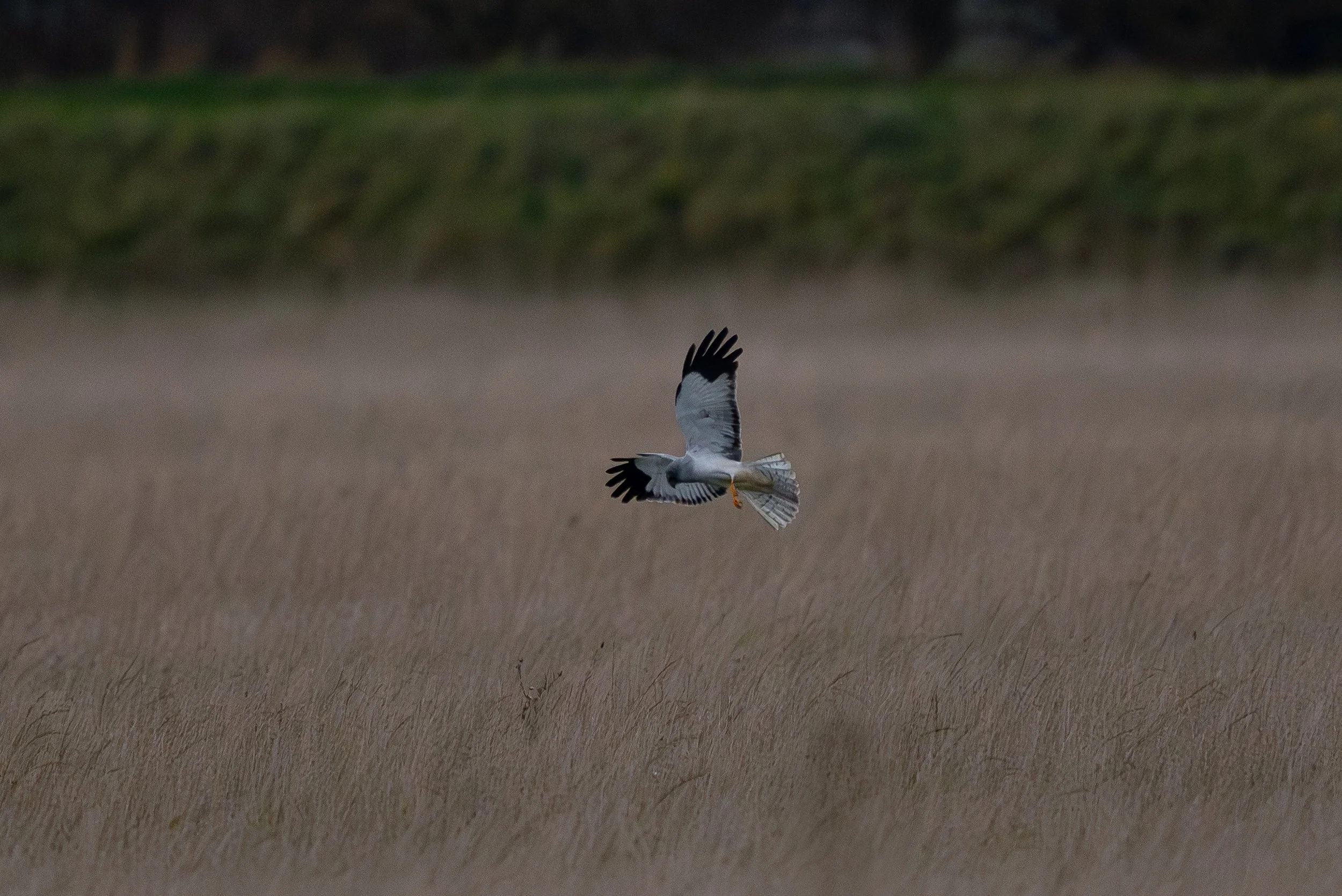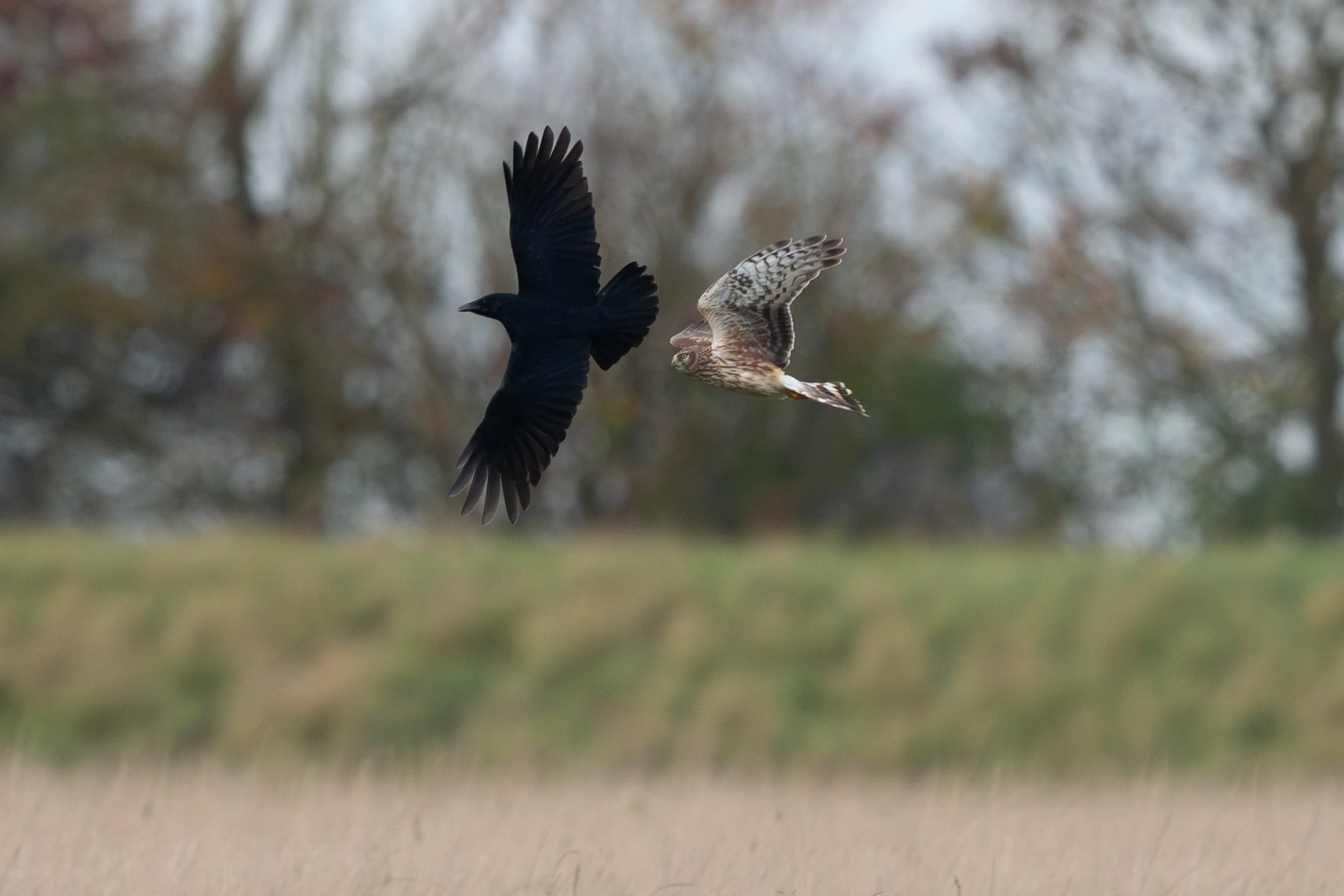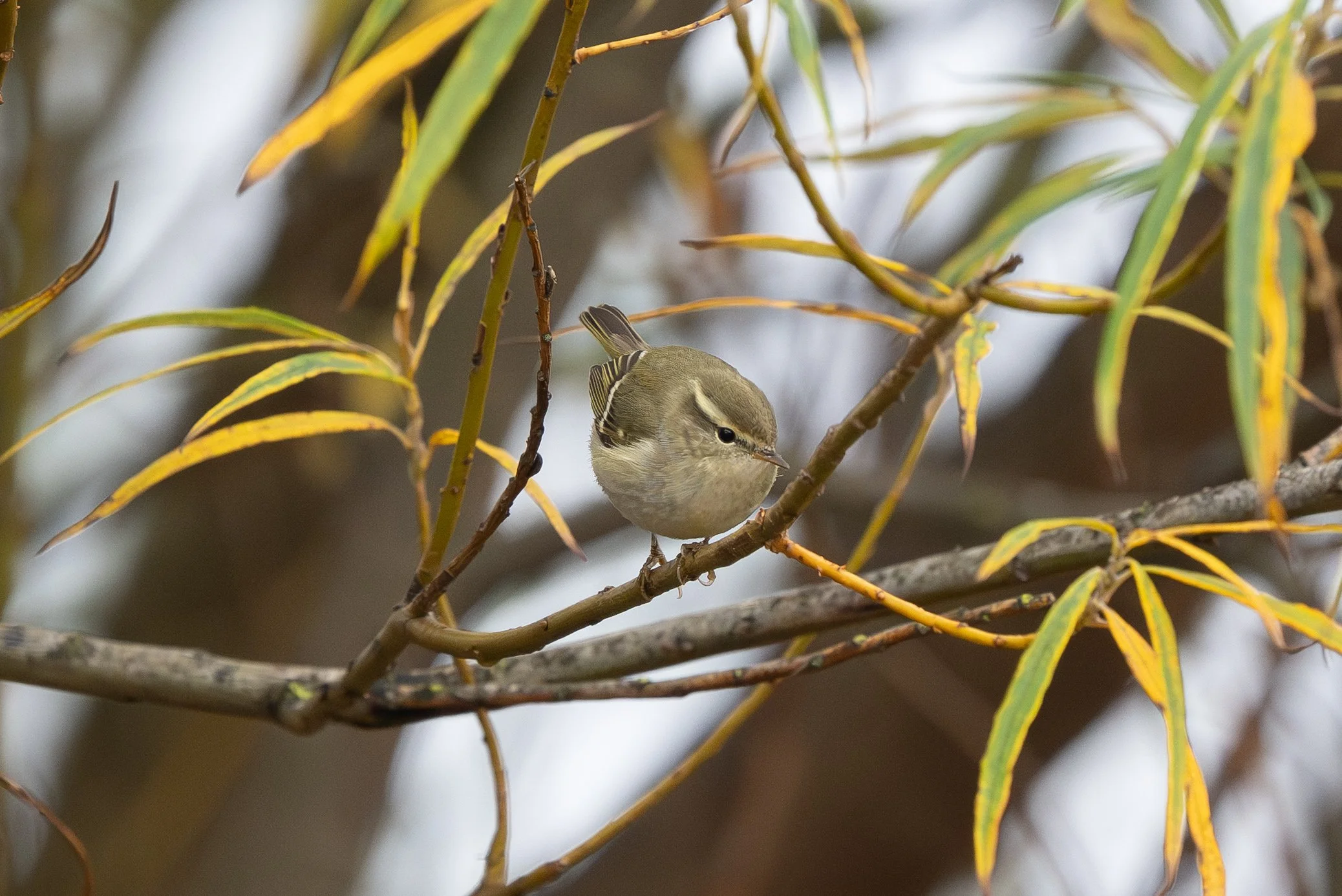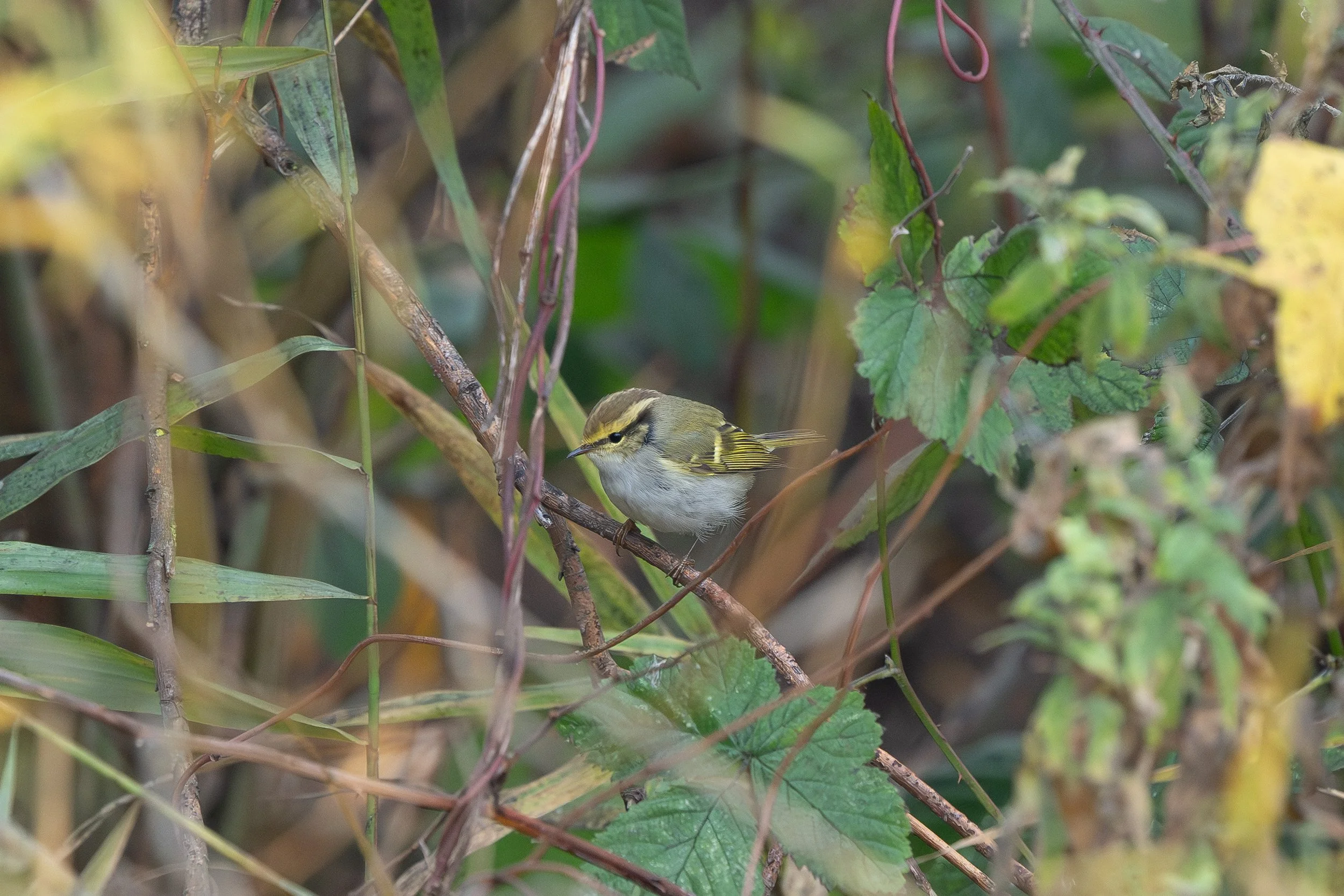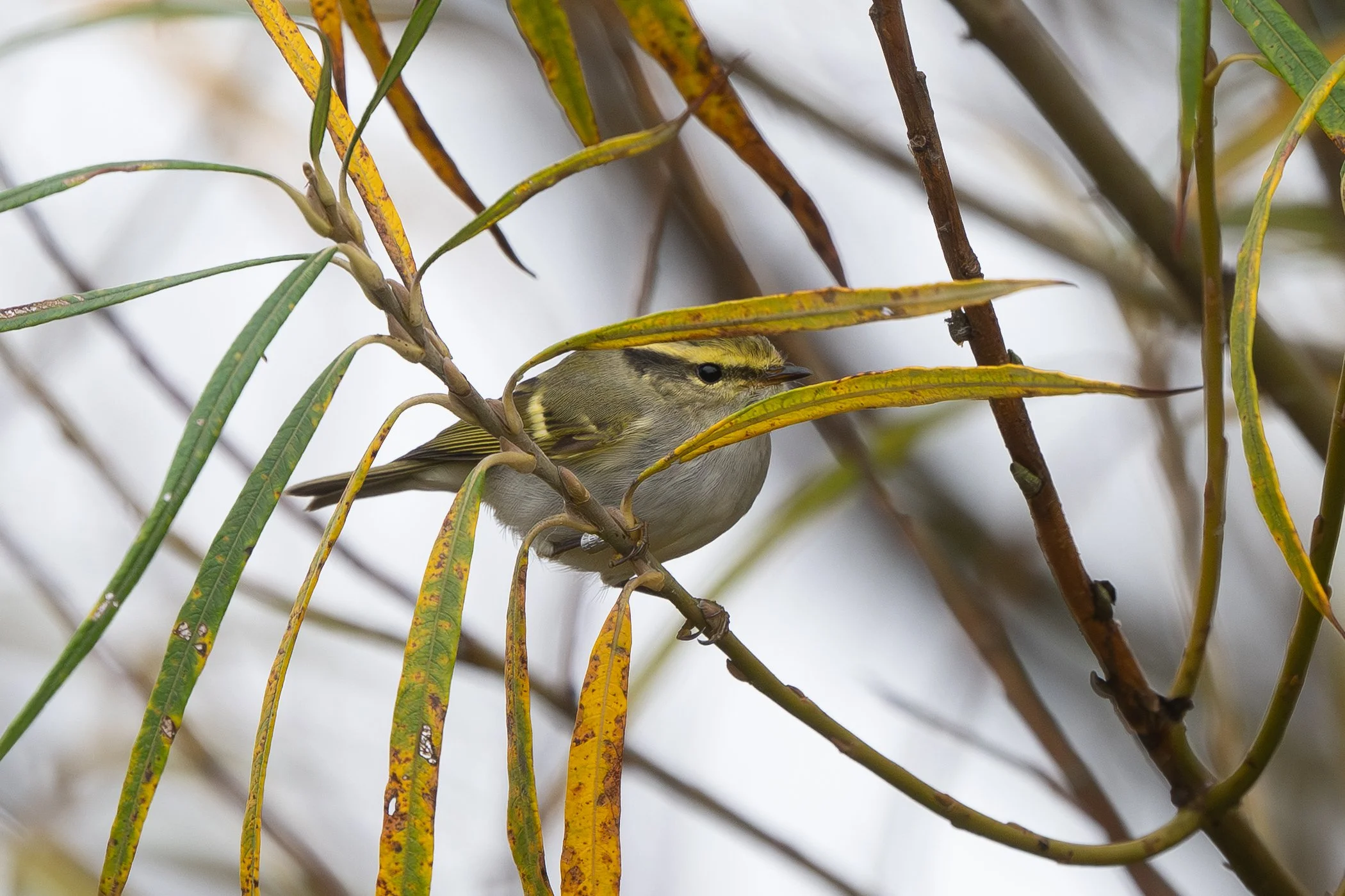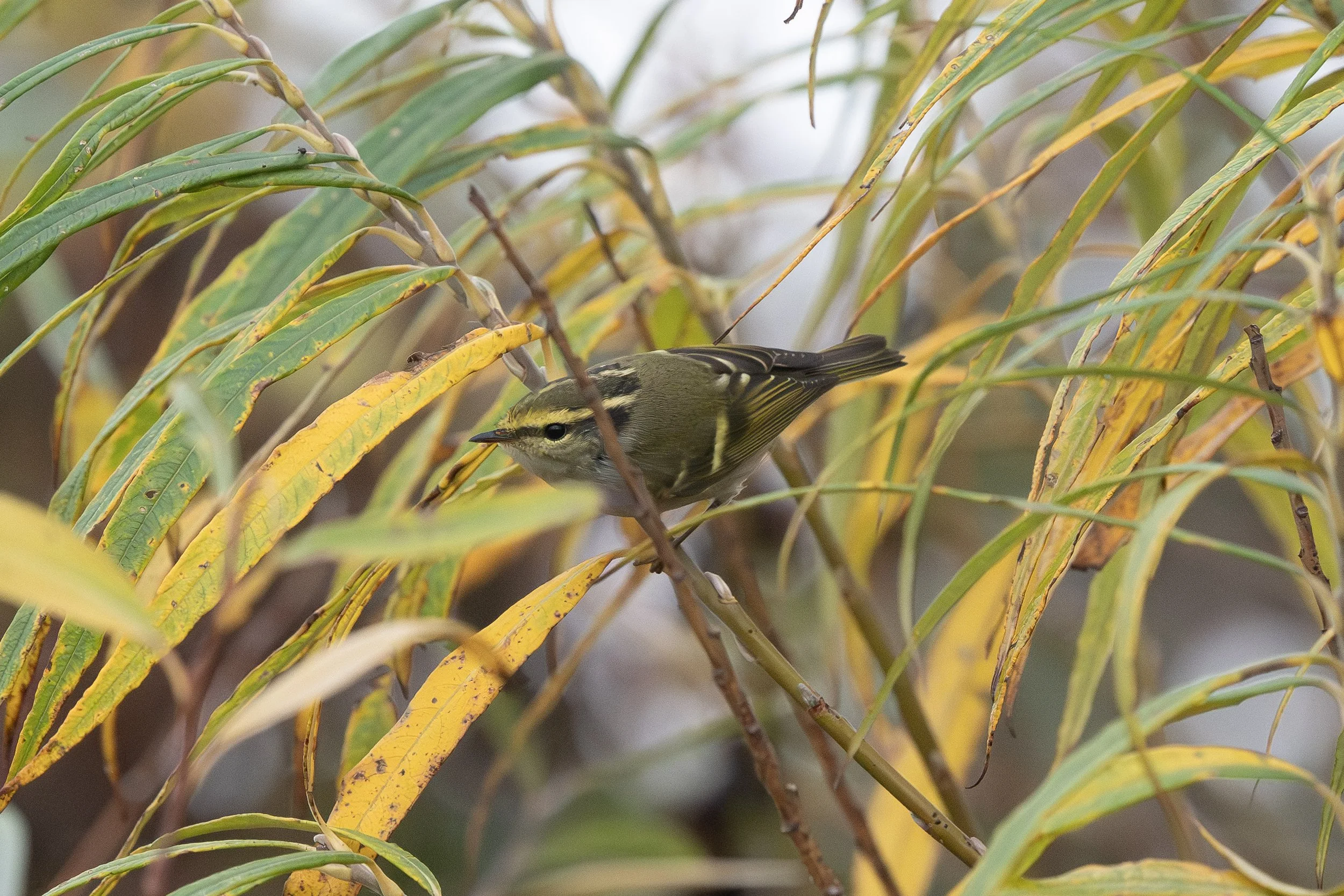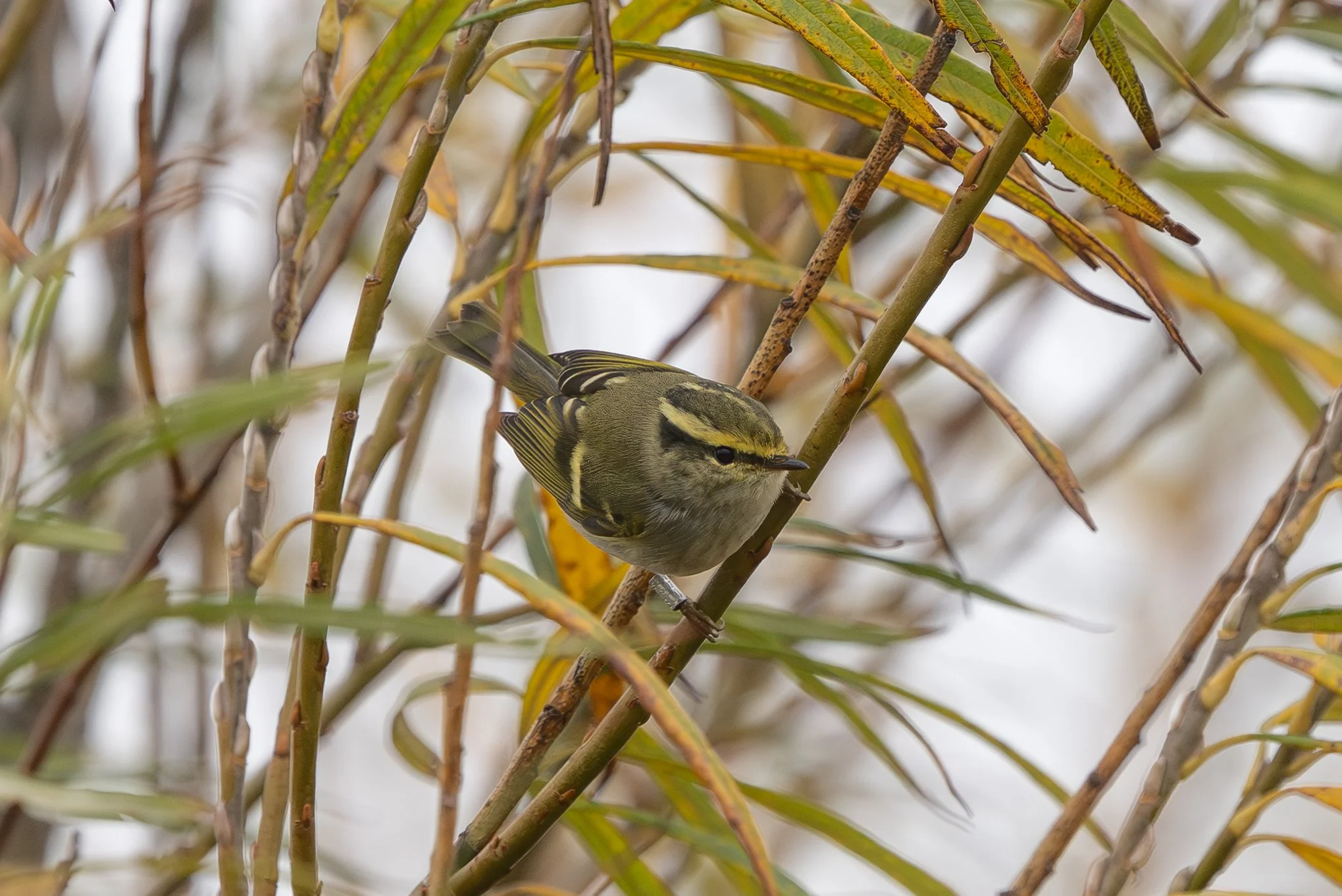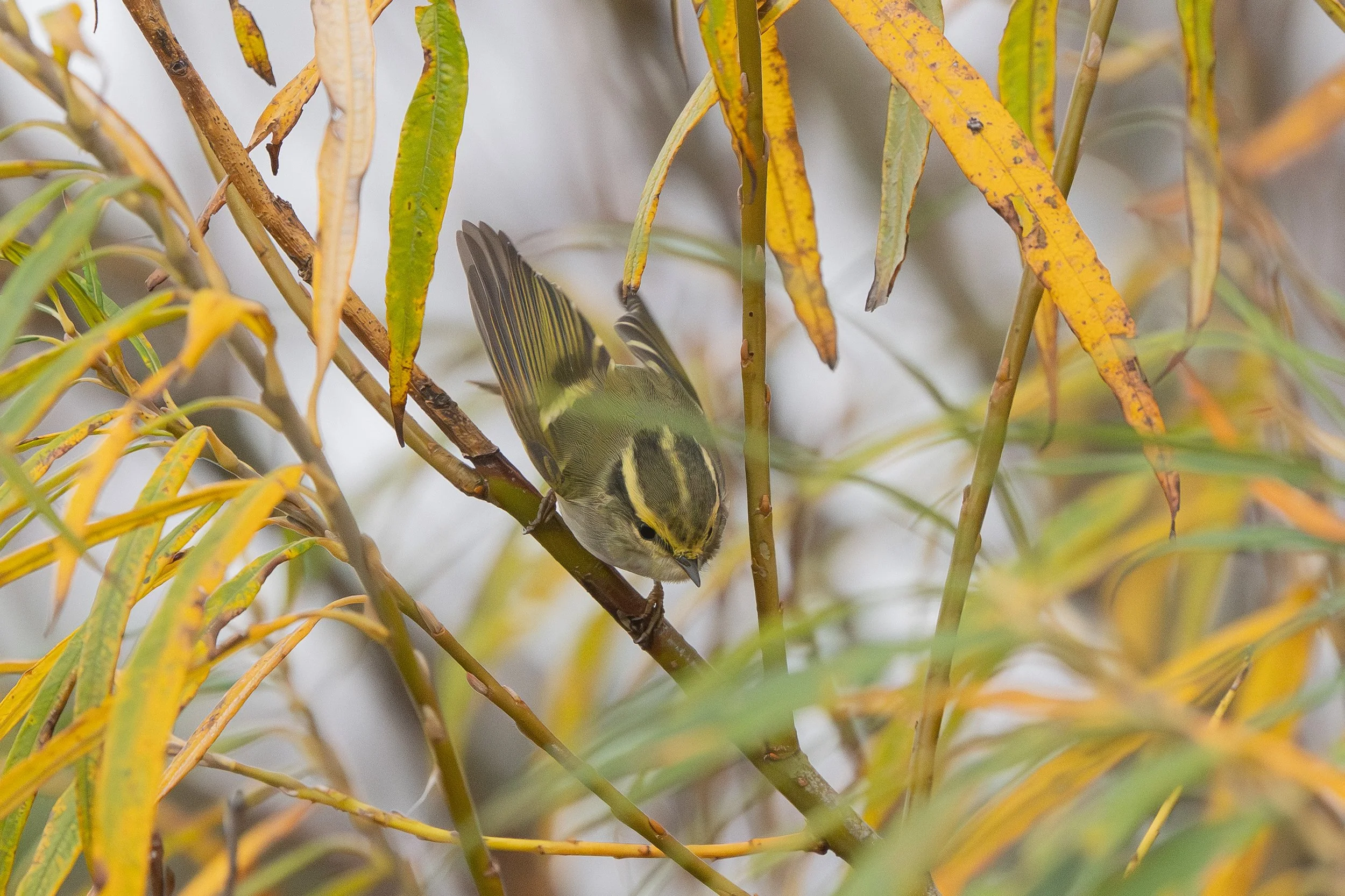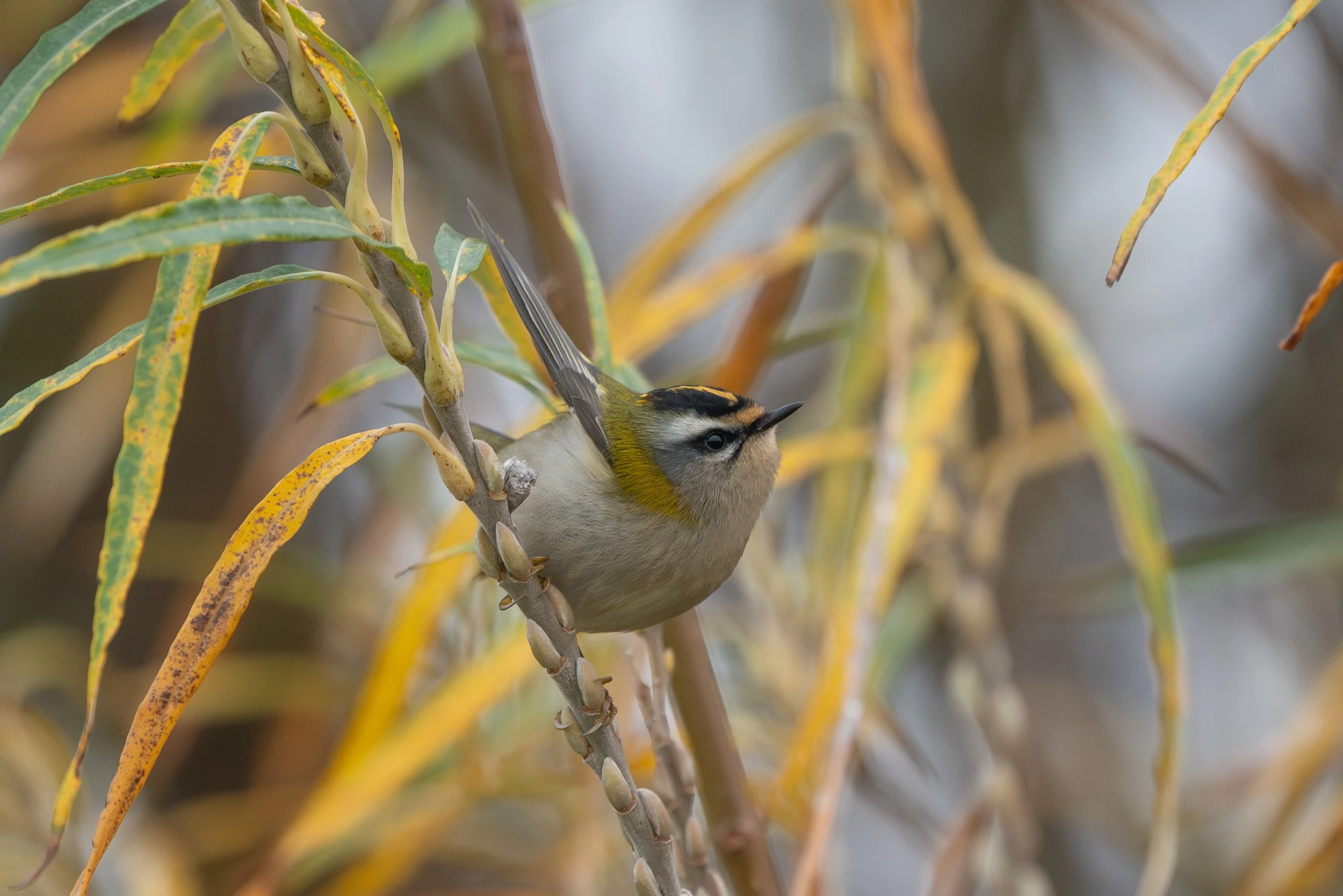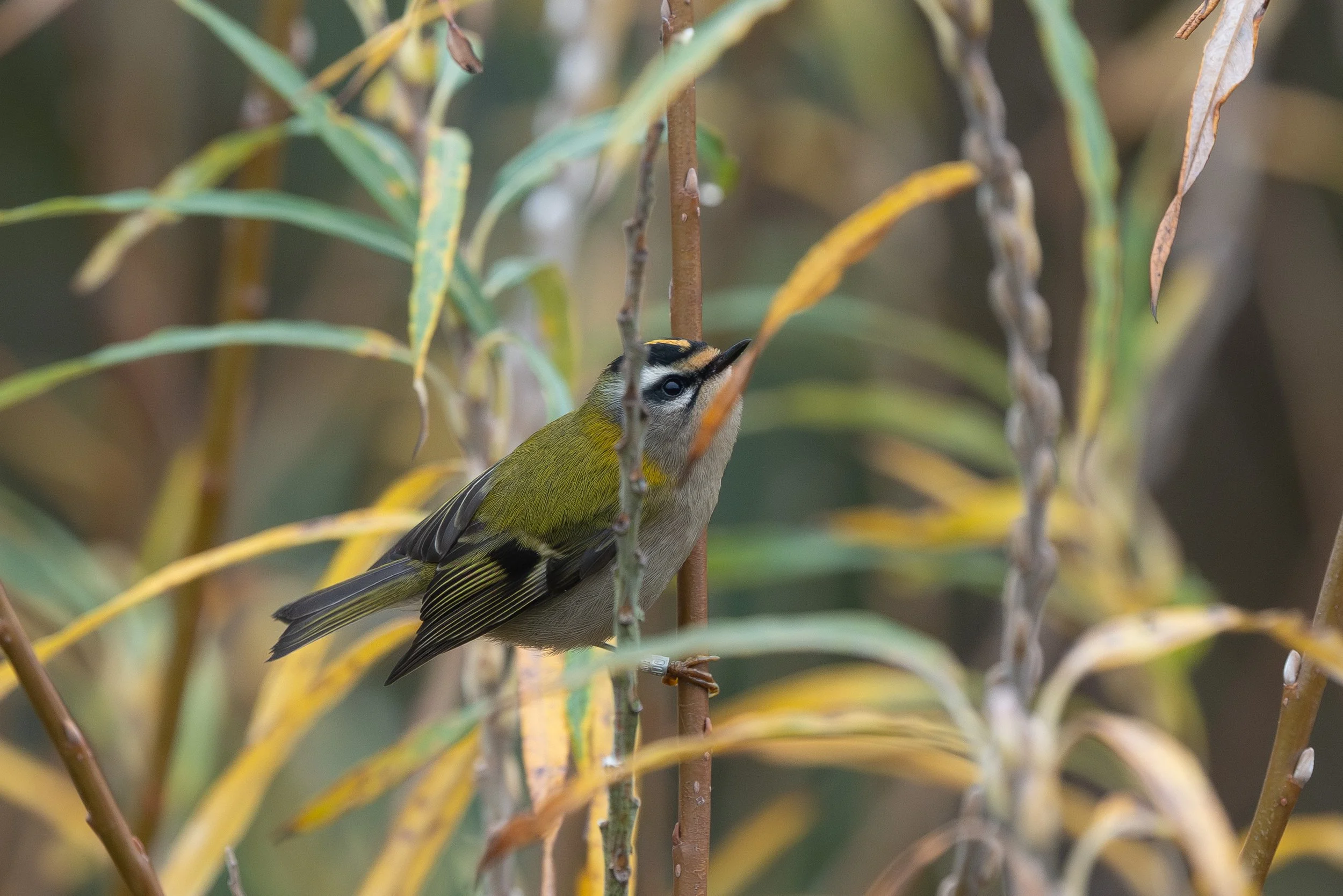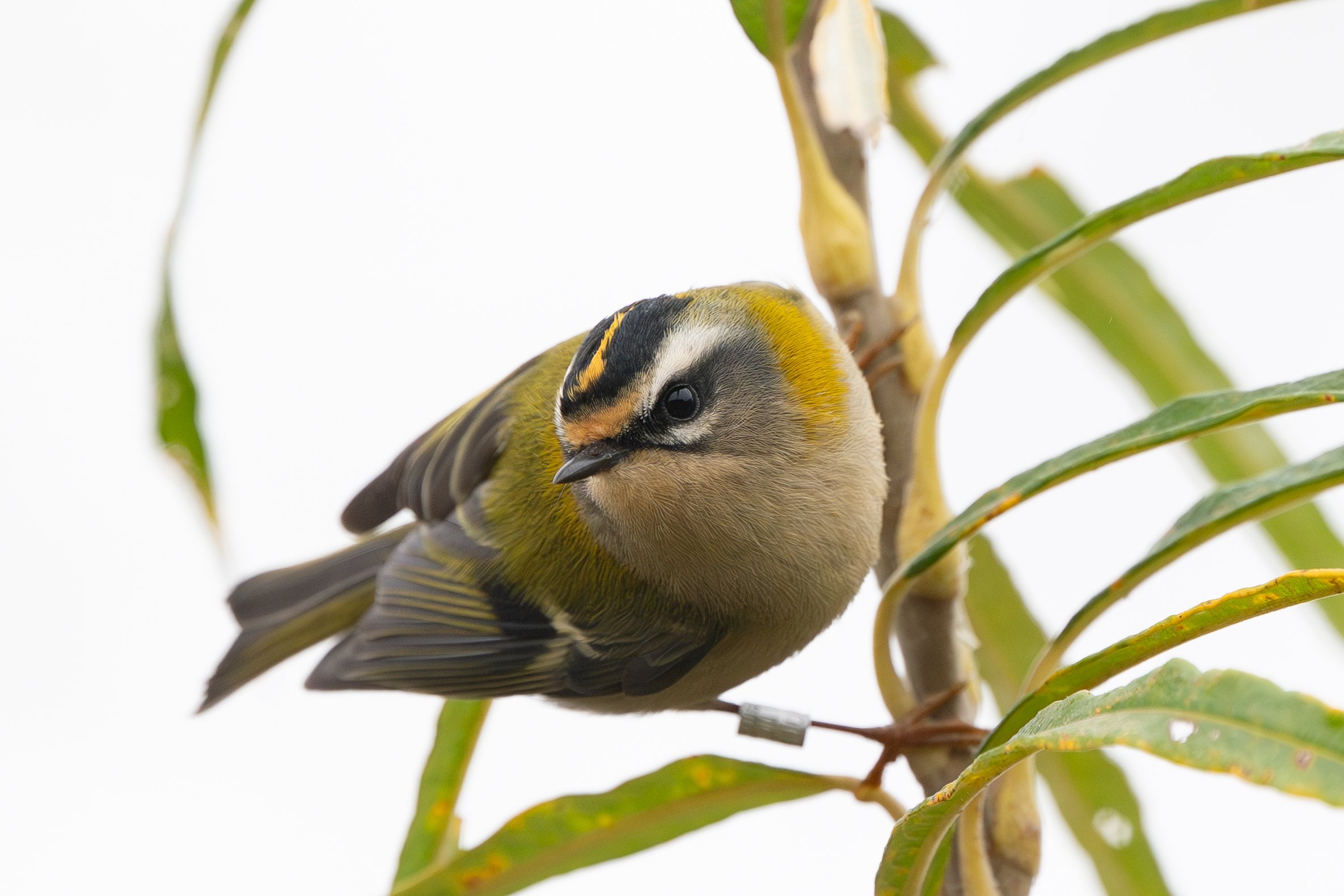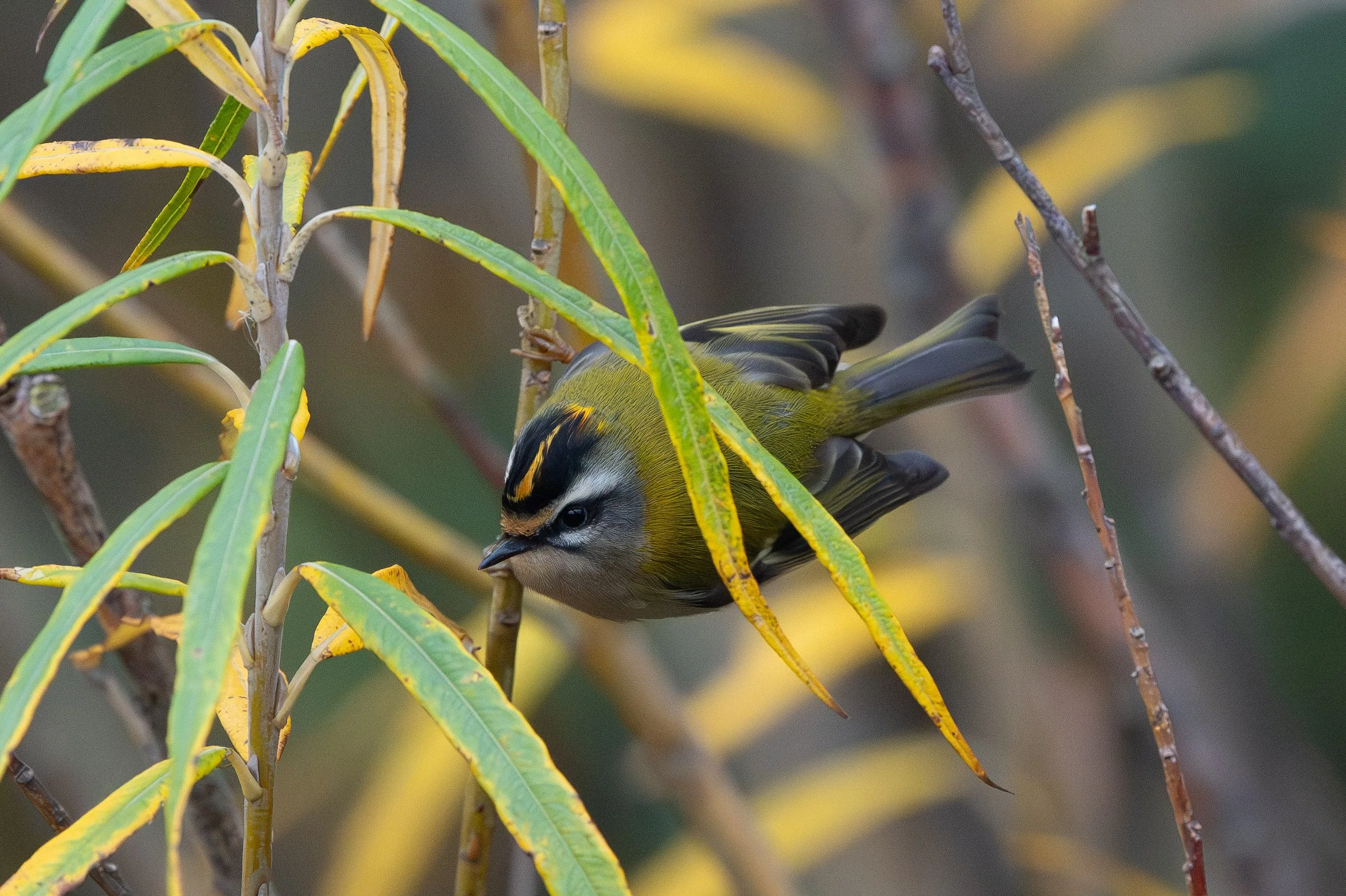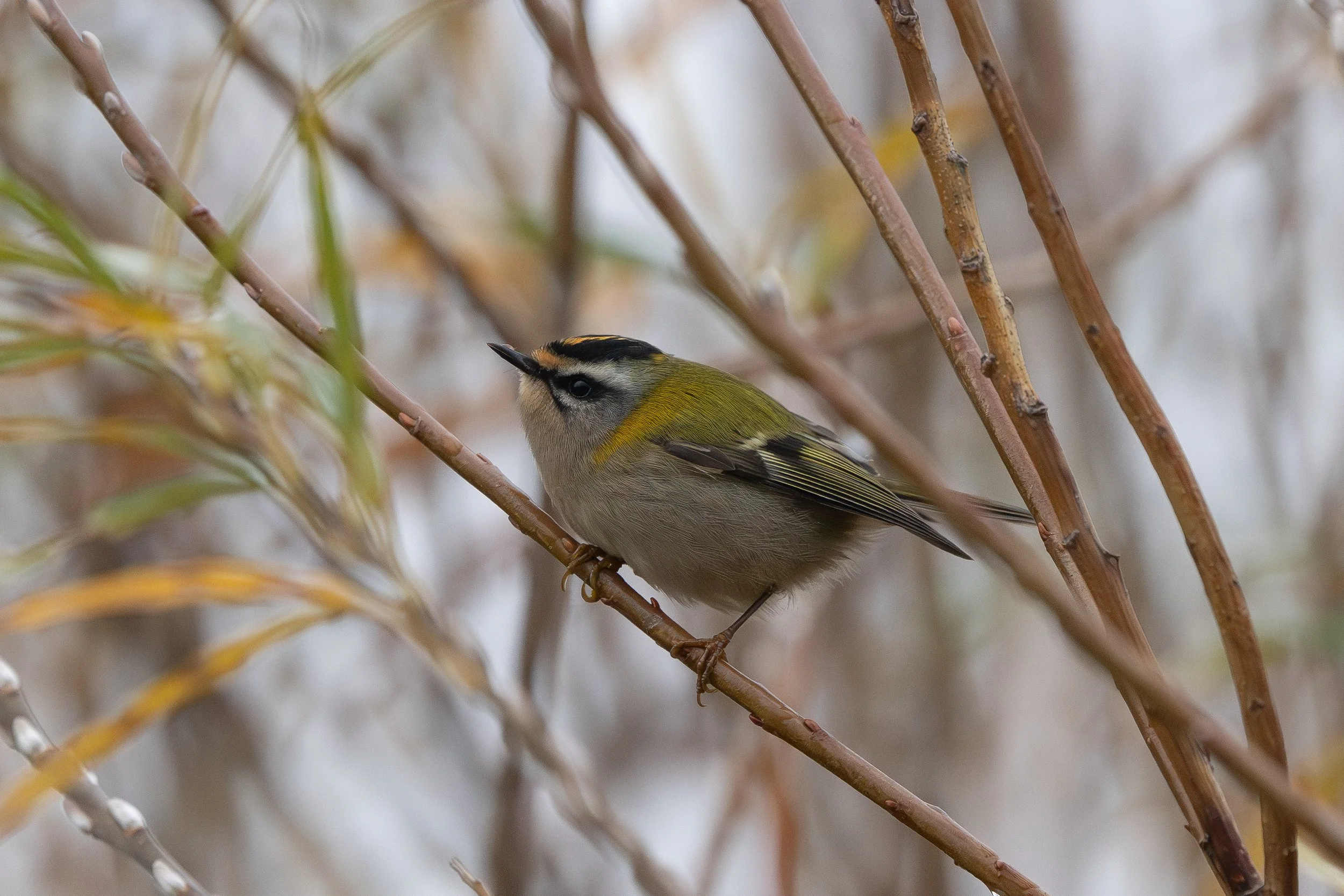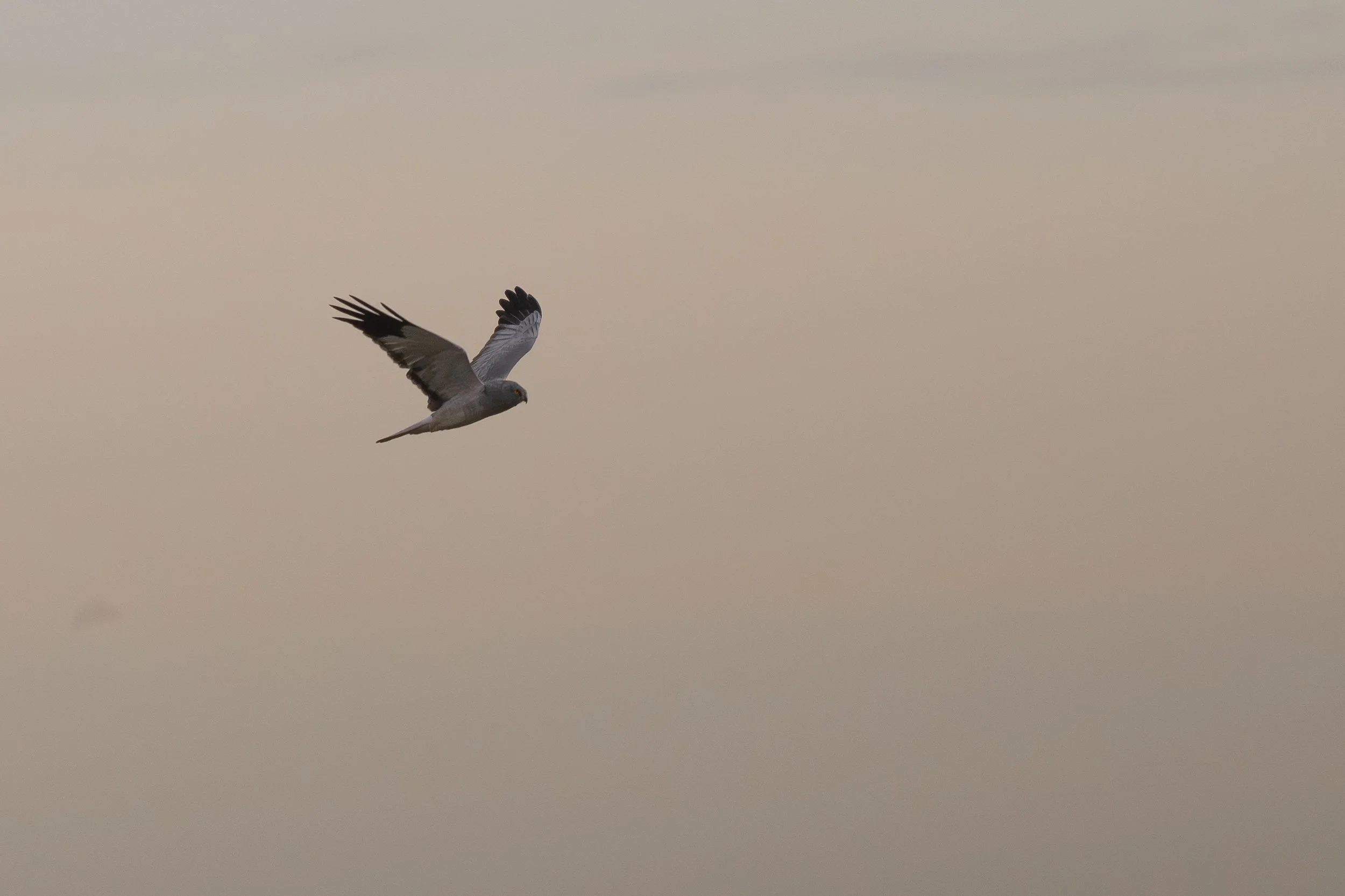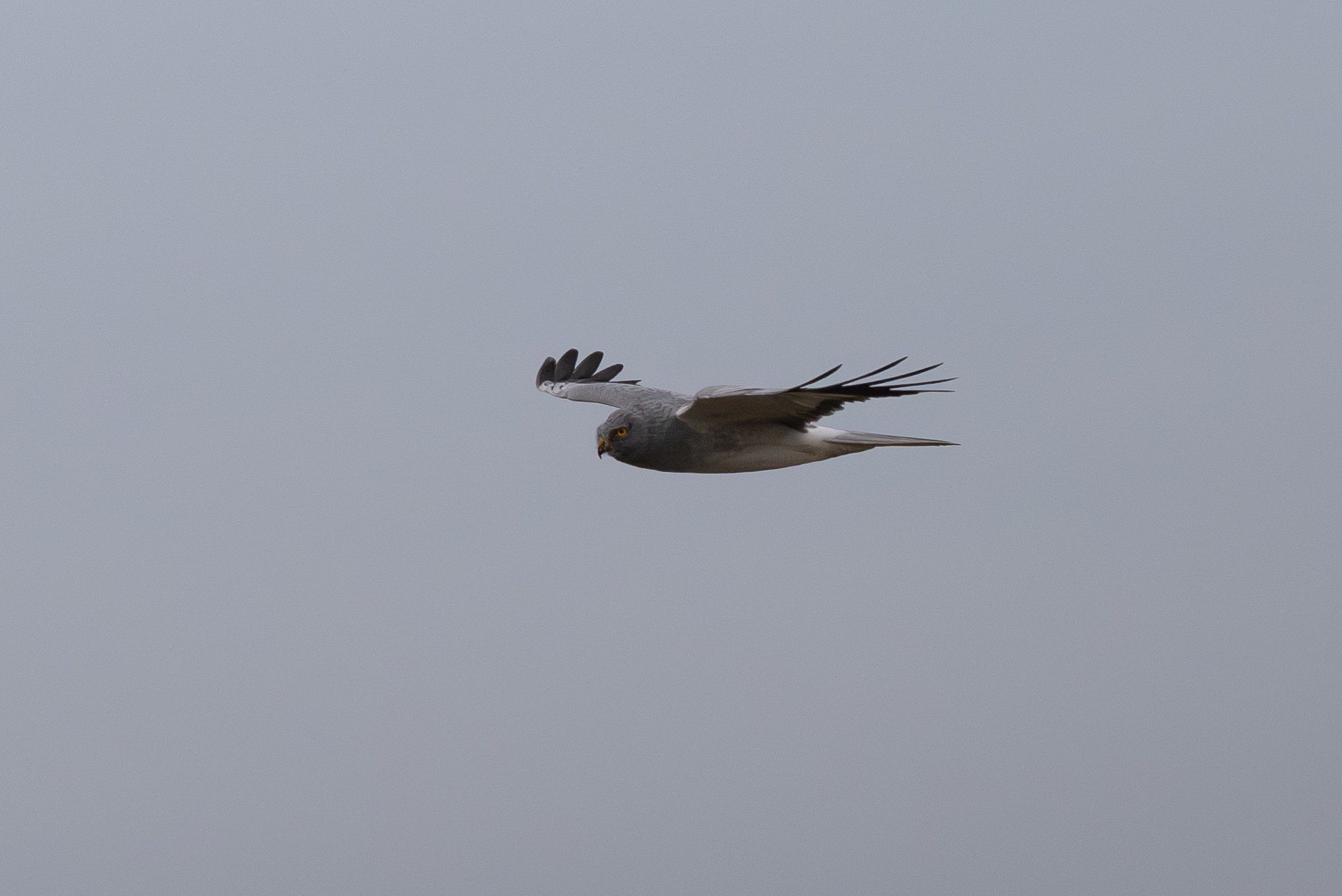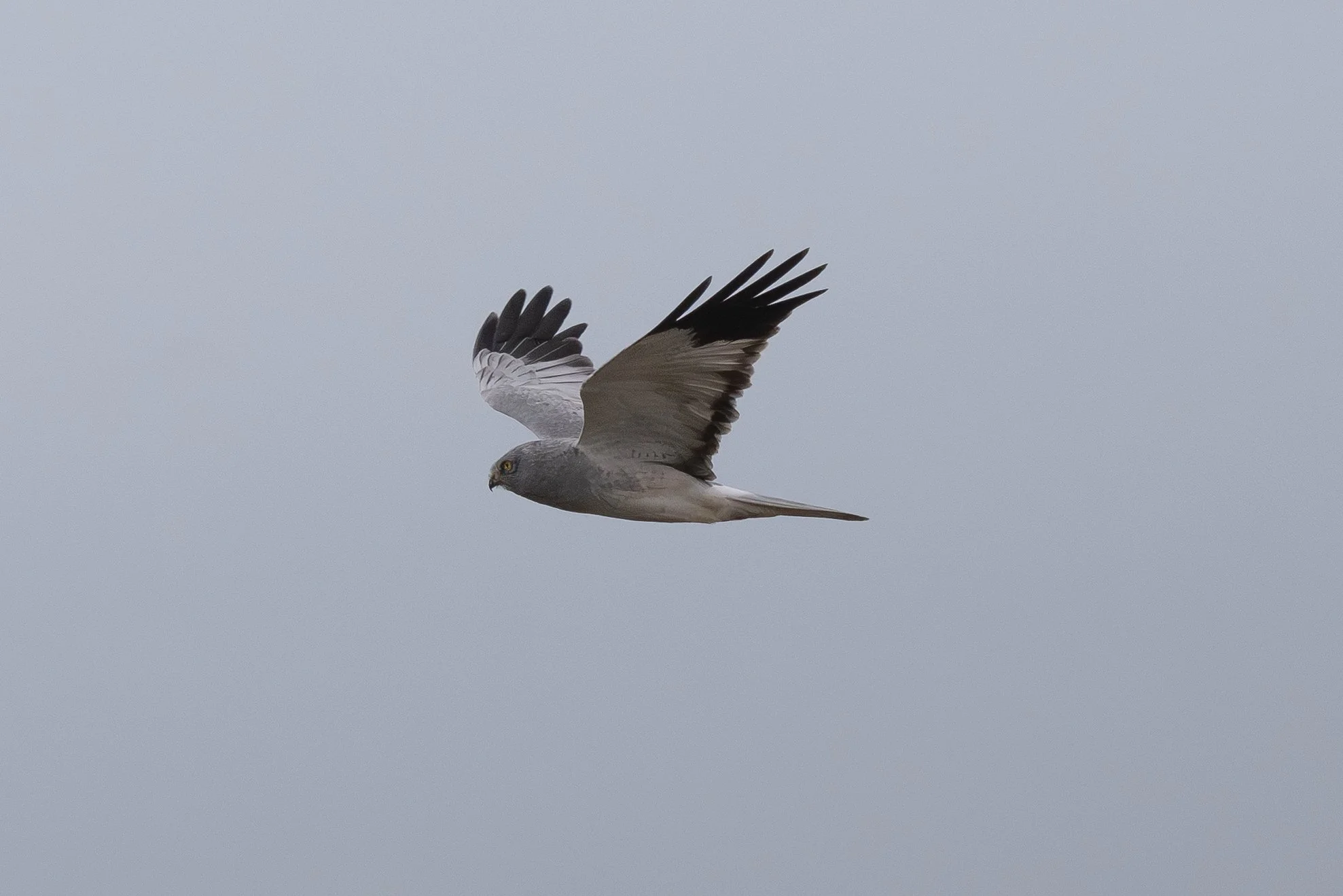My favourite winter project is to photograph raptors that over winter 9or in some cases) reside on the Humber, its one subject that I’ll never tire of. Just looking at my hen harrier gallery alone, there are nearly 400 images there and I’m just in the process of planning my next trip-to photograph hen harriers!
Fortunately The Humber is also home to an impressive list of other raptors which often frequent the same habitat, so if the hen harrier action is slow, theres usually something else to keep me occupied.
I am a very big fan of preparing and researching a visit and over time I have been able to pin down some key elements (weather and time of year are obvious ones) but also the state of the tide (high tide is usually best to photograph merlin on The Humber for example. I’ve even found out that some fields suit different raptors depending on the height of the grass and weeds.
Once I’m happy with my research I like to set up for a long period of time in oe spot-I’m firmly of the belief that I should let the birds come to me rather than trying to chase them around.
That involves selecting a suitable location (on a bak, beneath a hedge or simply using one of the recently erected screens between Skeffling and Welwick. In any case I know I might be in for a long wait and would be happy to spend all day lying in wait. Some days this pays off and most days not so but that is the joy of wildlife photography and part of waht makes it so special-especially when all pieces of the plan fall in to place.
So hows it going so far this year I hear you ask?
Well I’m happy that the research phase is over and that I have found a couple of reasonably productive spots. Also the fact that there has been up to 3 male hen harriers on The Humber is also another important factor. So now two more things need to happen-firstly we need some bright weather as its been atrocious in the last few weeks and secondly I need to be there on a day when everthing clicks-light, wind direction and closeness of the subject. Good job there’s still all of the winter to go then!
Below are a few images that I’ve taken in the last few weeks.
Kestrel
Common Buzzard
Common Buzzard
Common Buzzard
Common Buzzard
Common Buzzard
Sparrowhawk
Sparrowhawk
Sparrowhawk
Sparrowhawk



